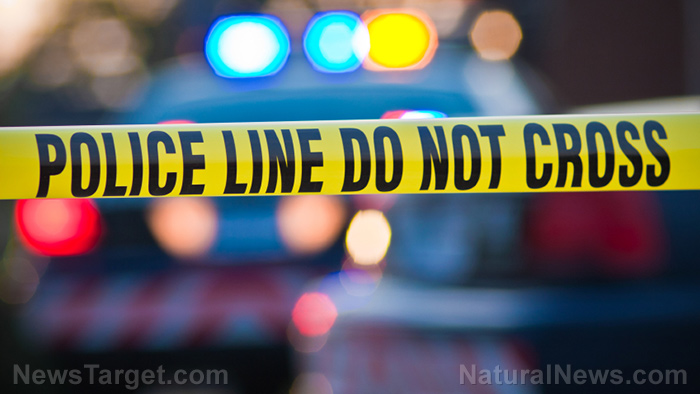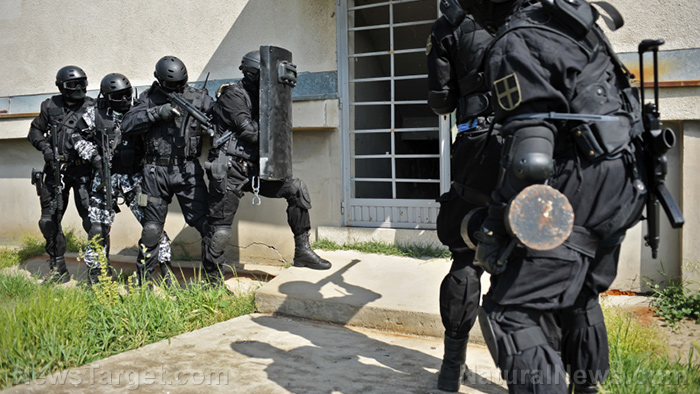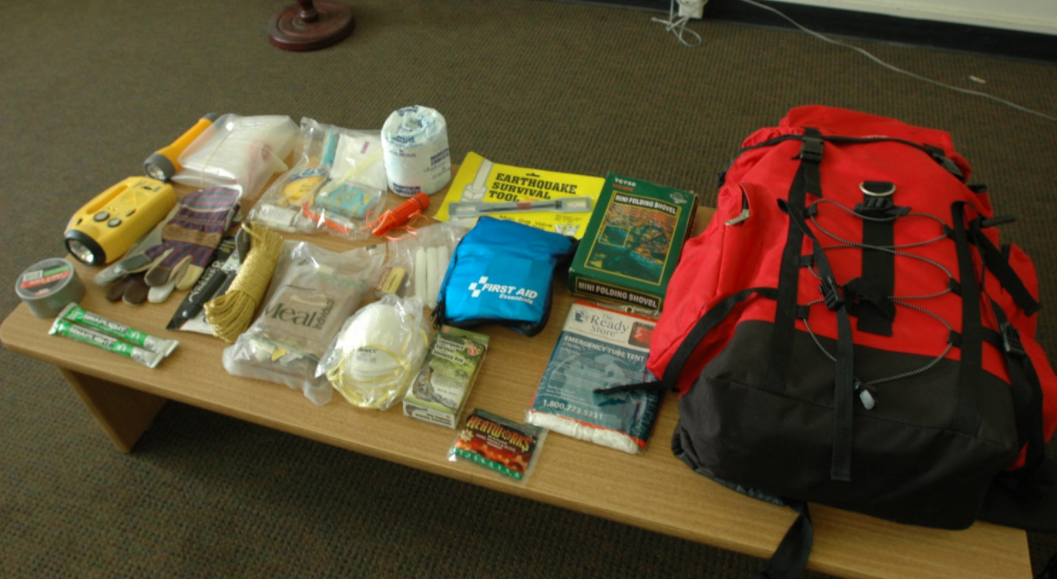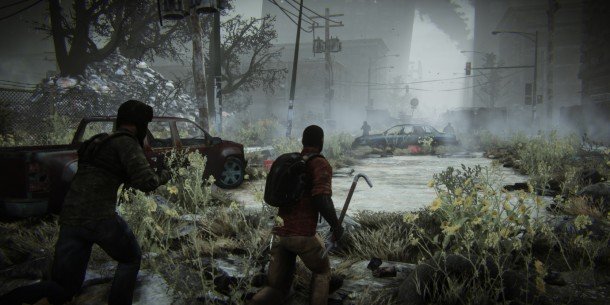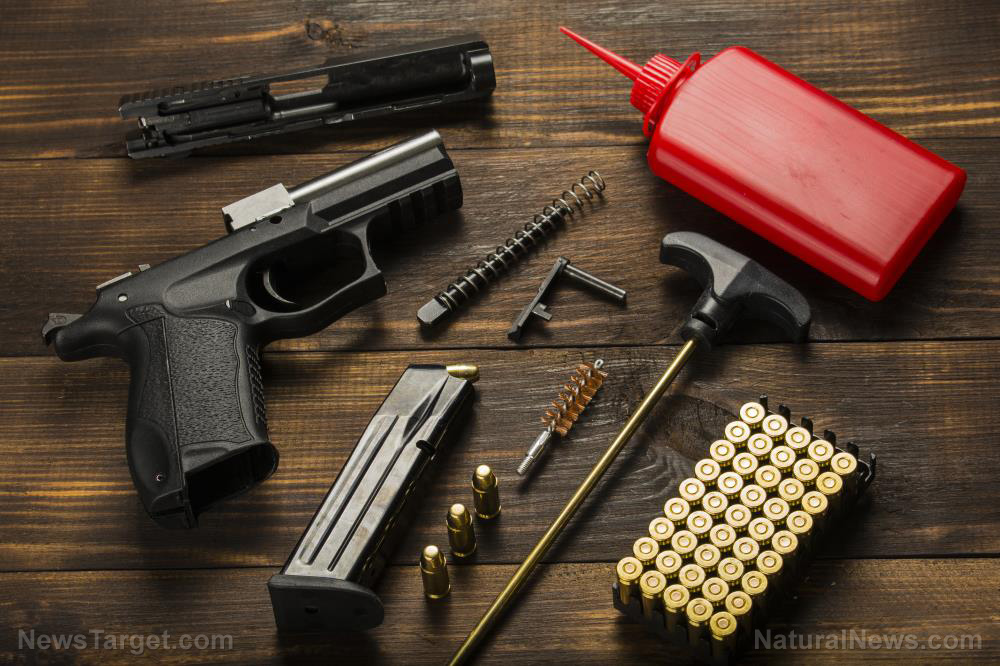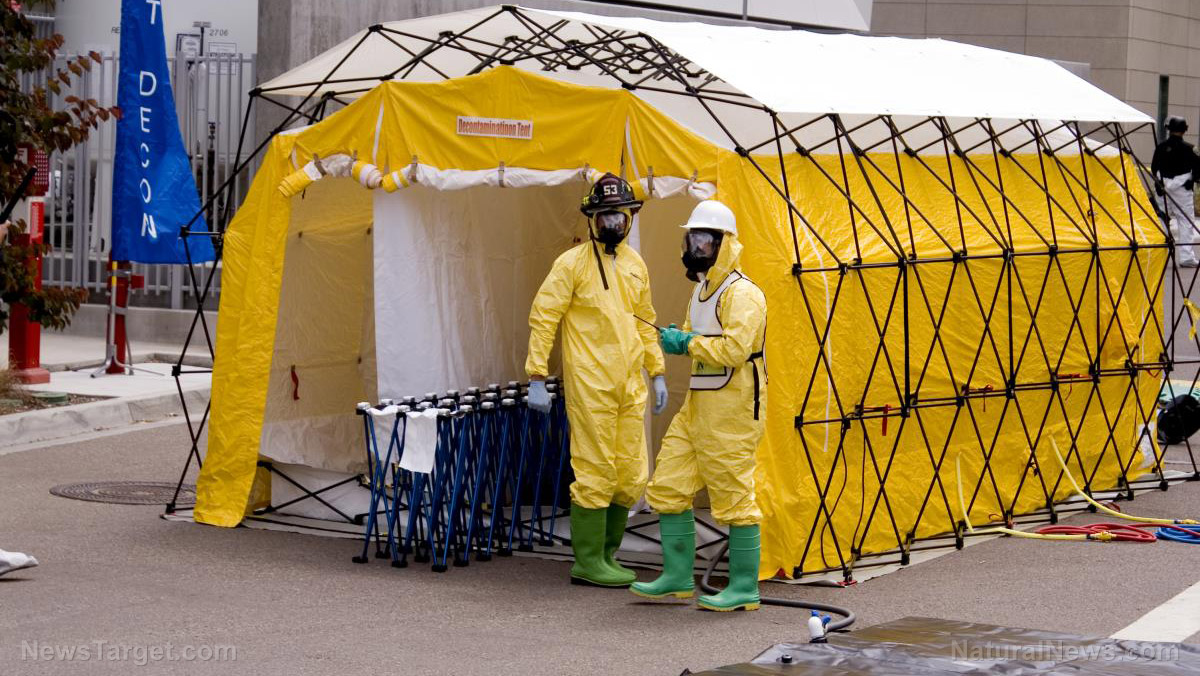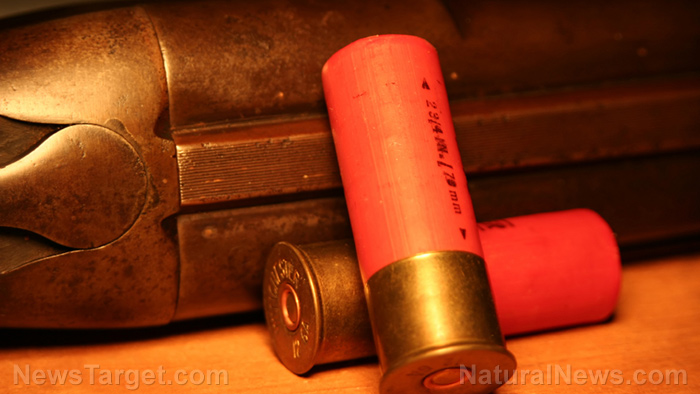Prepping basics: Signaling techniques that can save your life when SHTF
03/18/2019 / By Rhonda Johansson
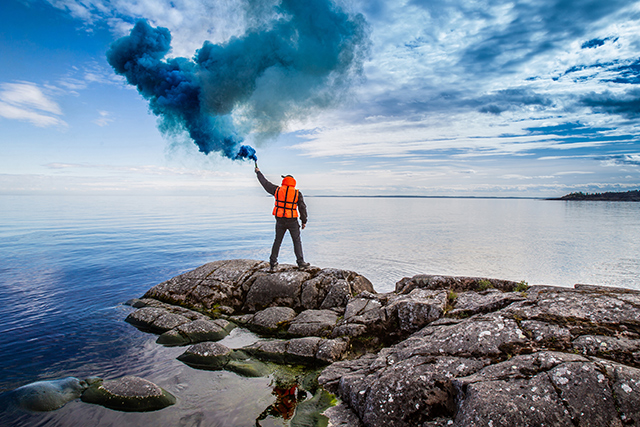
You need to know how to call for help when SHTF. If worse comes to worst and you find yourself lost, without your bug out bag or any sort of useful item, and need to signal for help, don’t panic. Remember the guidelines written in this article and use these techniques to get yourself heard. (h/t to ModernSurvivalOnline.com)
Fire and smoke signals
These are, perhaps, the oldest form of long-range communication. Used by the ancient Chinese, Greeks, and Native Americans, smoke can be used to signal your position and call for help.
In general, smoke signals can only be used during the day, since the smoke will only show up against a lit background.
Smoke signals are not as clear cut as other forms of communication. Even to this day, there is no general code or standard meaning for the different shapes, numbers, and types of smoke puffs. This is because smoke can be seen by anyone, enemies included. These signals will definitely get you spotted, but you’re not sure who will see it. As such, smoke “codes” were normally predetermined by the sender and the receiver.
You don’t need to worry about this when you’re lost in the woods, though. Your main goal is visibility, so just make sure that you have enough dry wood to keep the fire (and smoke) going. (Related: 5 skills you need to hone now for when SHTF.)
Ground-to-air signals
The ground-to-air emergency code is a crude yet informative way of notifying an overhead rescue team about your situation. Take note that the signals and symbols involved only cover the bare minimum of important information.
Sponsored solution from the Health Ranger Store: Lab-verified Nascent Iodine solution is a dietary supplement that provides your body with supplemental iodine to help protect your thyroid during radiation exposure. Nuclear accidents such as Fukushima (or nuclear war) can expose your body to radioactive iodine-131, a dangerous radioisotope. Pre-loading your system with stable iodine occupies the iodine receptor sites on your organs, causing your body to naturally expel radioactive iodine you may have been exposed to through air, food, water or milk products. This defensive strategy is recommended by nearly all health authorities, worldwide, including the Nuclear Regulatory Commission. Discover more at this link.
The first set is static symbols. These need to be constructed as large and obvious as possible. Try to use materials that are as bright as can be. Ideally the “top” of your symbol should point north — unless it is more intuitive to have it go another way (like if you were on a hillside, for example).
You can see a more comprehensive list of these emergency codes here.
The other half of these signals involve your body. Standing with your arms outstretched from your sides, for example, means “requires medical assistance.”
Flares
This is a collective term for pyrotechnic devices that produce sudden bursts of light (and/or smoke) for signaling. Most flares are designed for marine applications, but many flares have now been adapted for rural and mountain use.
There are essentially three kinds of flares: rockets, handheld, and smoke.
- Rockets –These are used to indicate your position when in distress. The rule of thumb is to set off one, wait two to three minutes, then set off another one. In a maritime setting, red flares are used only for distress whereas white flares are used to warn of one’s location to avoid a collision. On land, red flares are still for distress, but white flares have no formalized meaning.
- Handheld — These are meant for pinpointing your location more accurately. Once a rescue party is near you, you can set off a handheld flare to show them exactly where to look for you. There is no distinction between red and white flares here.
- Smoke — These only come in orange and are used during the day to help locate a target. Smoke flares are highly beneficial in that it contrasts with almost everything, will not disrupt a helicopter, and drifts with the wind. This helps the rescue team see (and follow) a trail, which improves their chances of finding you.
There are other methods of communication you can use if you’re lost, but we just wanted to focus on these three. Remember that signaling is one of the most complex and overlooked survival skills. It’s worth all the time and effort you put into it, however.
Take note that the suggestions listed above may not work so well in an urban environment.
Sources include:
Tagged Under: bug out, communication, emergency, emergency codes, prepping, SHTF, signaling, survival, survival gear, survival skills




